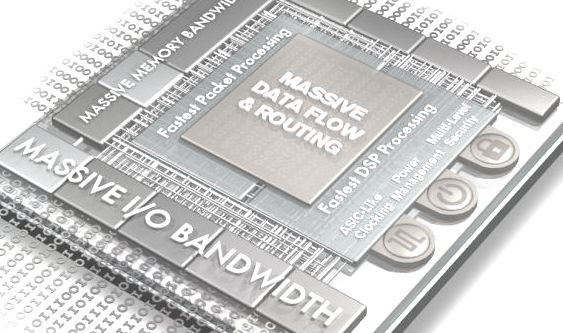
FPGAs Glimmer on the HPC Horizon, Glint in Hyperscale Sun
At the last five annual Supercomputing Conferences, an underlying theme has been the potential of accelerators. …

At the last five annual Supercomputing Conferences, an underlying theme has been the potential of accelerators. …

The results of the Top 500 list of the world’s fastest supercomputers has just been announced, and while there are no big surprises at the top outside of a couple of new additions, the real news sits farther down the stack—and could speak volumes about the global supercomputing race in terms of which countries are pushing investments. …
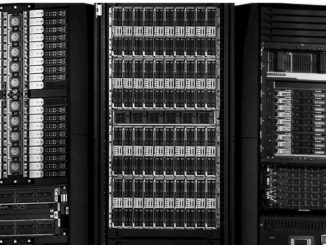
The hardware part of the high performance computing market is somewhere around $10 billion or so, depending on how you want to count it and who you want to ask, and Bill Mannel, vice president and general manager of a combined HPC and Big Data group within the newly constituted Hewlett Packard Enterprise half of the former Hewlett-Packard, reckons that his employer has north of a third of the business. …

IBM did not just stake the future of its Power chip and the systems business on which it depends on the OpenPower Foundation, a consortium now with 160 members after more than two years of cultivation by Big Blue and its key early partners – Google, Nvidia, Mellanox Technologies, and Tyan. …

It has been a noteworthy year in hardware in the world of high performance computing, although to be fair, much of the attention has been centered on emerging architecture and future systems that are set to start appearing as early as this time next year. …
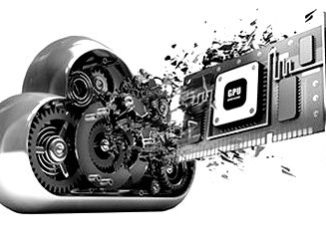
For more than a decade, graphics processor maker Nvidia has been championing the adoption of GPU accelerators as heavy-lifting compute engines for an increasing array of applications that can take advantage of the parallel processing inherent in a GPU. …

Back in 2000, Ian Buck and a small computer graphics team at Stanford University were watching the steady evolution of computer graphics processors for gaming and thinking about how such devices could be extended to fit a wider class of applications. …
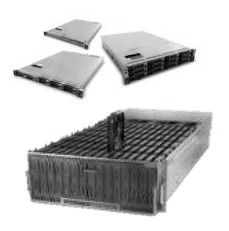
Here’s a good question to ask: What happens if hyperscale customers who have been pushing their server makers to create density optimized machines move back towards designs that are more monolithic? …
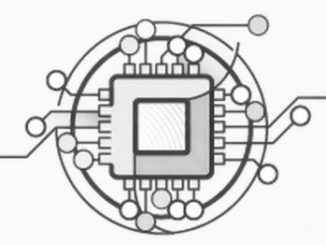
One of the founding premises of this publication is that companies want to build platforms – complete stacks of hardware and systems software – or use those built by others that are tailored specifically to run their applications. …
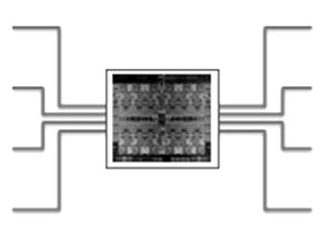
History moves in spirals, not straight lines, widening our experience and our options, coming around again and again with variations on similar themes. …
All Content Copyright The Next Platform